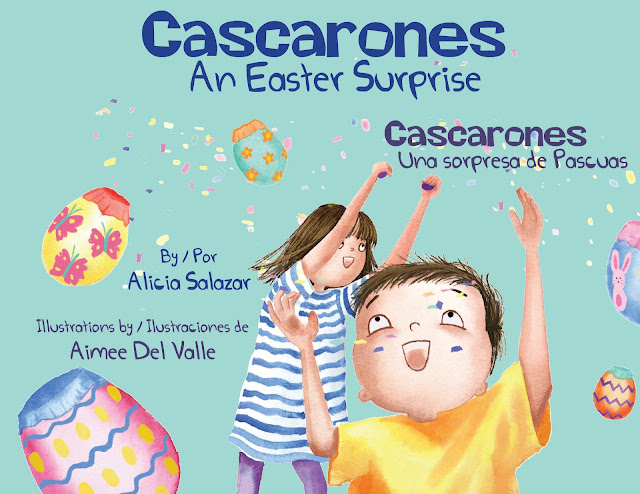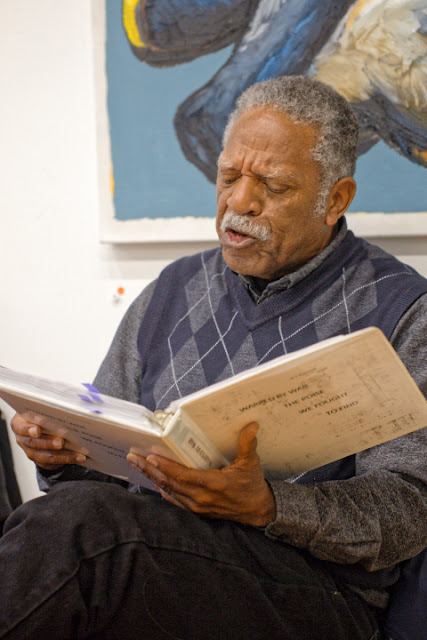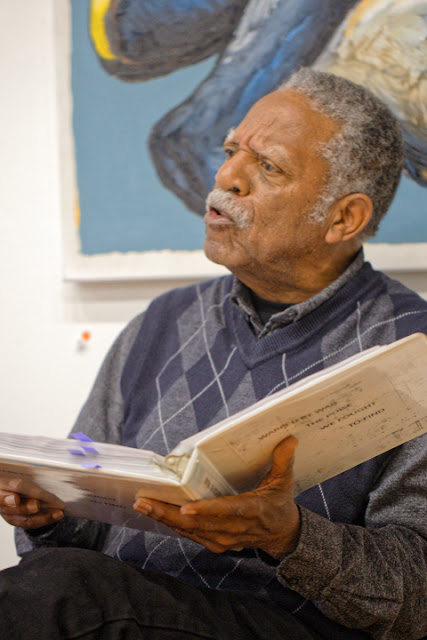 |
| The new Medellin |
Cartagena, Colombia,
April 19, 2025
Saturday
Time was passing
quickly. I started on this journey nearly ten days ago, on the 11th
of April, starting in Medellin, famed city of unwanted popular drug lore, or as people say, "Medellin, before and after Escobar. From Medellin, to smaller towns and coffee plantations, I’m ending in this old city, Cartagena, one of the first trading centers of
merchandise and humans in the Americas.
Yesterday, my
traveling companions and I visited San Baslio de Palenque, founded in the early
sixteen hundreds by rebellious runaway slaves who fought the Spaniards, faced
executions and extermination, but fought hard, eventually, failing to surrender, won their freedom. Their
descendants still reside in the town, the oldest settlement in the Americas
founded and managed by former slaves, with its own rules and citizen police
force. The people were kind, danced, played music, offered us a tasty lunch, and a curandero blessed the remainder of our trip.
My friends and I
had spent a couple of days in Santa Marta, the second oldest settlement in
South America, where I learned, after reading through a short brochure, Simon
Bolivar had died at a friend’s sugar plantation while waiting to be exiled to
Europe. I was feeling a bit under the weather, decided to pass on a sailing
trip with my friends, and made a pilgrimage to Bolivar’s death bed, instead,
for me, a moving scene, and the sight of a beautiful memorial.
Bolivar had
attempted and accomplished military feats no one thought possible, crossing the
Andes with his soldiers and animals, numerous times, to defeat his enemies and
win independence for what he called El Gran Colombia, today the
countries of Peru, Venezuela, Colombia, and Bolivia, which he hoped to unite, as one, under a strong central government, arguing, only then could Latin America match the power of Europe and the United States.
It was now 5:15
P.M., I stepped out into the heat of Cartagena, a cool breeze blowing in off
the Caribbean. My hotel was right behind the cathedral and a few blocks from
the city’s ancient walls, much like the walled cities in Spain. I knew Gabriel Garcia
Marquez had worked on a newspaper in Cartagena, in his youth, wrote, was
branded a socialist, and fled to Mexico, none of it as easily or wholly
accurate, I’m sure, as I just stated.
I googled his
name, wondering where he might have worked. The first point to appear was his
love of Cartagena, which he chose as his final resting place, at the claustro
de la merced in the University of Cartagena. I could have kicked myself for not
checking earlier. I figured the university would either be closed now, for sure
tomorrow, Easter Sunday, or it would be a long ride from my hotel. Such are the ways of the
brain, but rather than surrender, I left no stone unturned.
I turned to a man
whose horse and carriage were parked a few feet from me. “Excuse me, do you
know where the university of Cartagena is located? I’m looking for the claustro
de la merced.” He looked at me as if I were joking. He leaned forward and
pointed up the street. “Three blocks,” he said, “across from the wall.” It was
now nearing 5:30. I knew it closed at 6:00, but would it even be open Easter
eve? I thanked the man and quickly made the three blocks in a few minutes, the
heat pushing in like a warm foam around me.
It was an
interesting gothic building, nothing spectacular, the usual spires and
decorations around the doors and windows. A man in a uniform stood at the door.
I asked if it was open. He said it was but only for another twenty-five minutes.
He pointed to door leading to a bookstore. I entered and asked the entry fee. The young
woman told me it was free. I entered the claustro, a lot like many monasteries
and church yards I’d seen in Spain and Latin America, quiet, solemn place of
meditation.
In the center of
the courtyard was a statue to Garcia Marquez and an engraving indicating it was
both his and his wife, Mercedes Pardo’s final resting place, where they wished
their ashes to remain. A large scroll covered the walls and told Garcia
Maquez’s story, from his birth, his schooling, to his days as a young reporter,
his first published literary works, up until his monster tome, One Hundred
Years of Solitude, which changed his life.
Truth be told, I
wasn’t a big Gabo fan. I found him difficult to read, his books complex. It took me six months to
get through One Hundred Years of Solitude, the English translation. I remember
reading, feeling completely lost, literally. I had no idea what was going on,
yet, I had to re-read each sentence and each paragraph, not for the difficulty
but for the absolute beauty of the writing, even in English. In a book of his
short stories, I came across "An Old Man with Enormous Wings," as much a sermon as a story, about an angel, a toothless old man with enormous wings, who
drops to earth and is turned into a side show by the people, his owner keeping him in a chicken coup and charging the town a fee to see
him, until one day he musters the strength to fly back to where he came.
For some reason, I kept returning to Garcia Marquez's stories, a mixture of newspaper accounts blended with
elements of fiction, going back to influences of William Faulkner, Camus, and
Mexican Juan Rulfo, among other masters. I took a seat on a bench. I relaxed. My mind wandered. I’d
read Marquez’s autobiography years ago. I considered some of his ideas about
Colombia and the places he’d lived, loved, and experienced watching the destruction caused by the United Fruit Co. I’m not much for
autobiographies. People tend to keep the juiciest parts of their lives to
themselves, careful how much to reveal.
I entered the
bookstore and purchased a copy “No One Writes to the Colonel,” in Spanish. Sixty pages I can handle. It was closing
time. I stepped outside and crossed the street, found a place to sit on the ancient
wall. I looked back at the university and remembered something Gabriel Marquez
had written, something about writers revealing much of themselves in their
work.
Then he mentioned the secrets we all carry, and how those would probably
make the best writing. He said, “Those I will carry to my grave.” I guess he
did.
The sun had fallen, and the light was quickly disappearing.





























